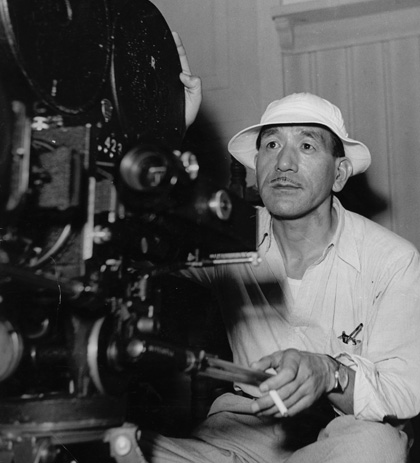THE FINGER MAN (Le Doulos)
A film by Jean-Pierre Melville
1963/ France/ 108 minutes
5.45 pm / 6th Nov 2016/ Perks Mini theater
We are introduced to burglar Maurice Faugel in the opening scene. Faugel has just finished serving his term in prison. On being freed, he kills Gilbert Vanovre in order to avenge the murder of his wife. He also endeavours to perpetrate a robbery.
Confusion and wrong assumptions are the cause of tragedy in this stylish gangster noir. Maurice (Serge Reggiani) and Silien (Jean-Paul Belmondo) are friends going way back, and both have had a shady past. Silien wants to leave and retire. Doubts assail Maurice as well as others on Silien . It is finally decided that something has to be done about Silien.
it was French filmmaker Jean-Pierre Melville who distilled the essence of film noir as an art form, and his films reached its highest levels of expression. Melville’s first complete realisation in this genre was Le Doulos (1962)
Jean-Pierre Melville
Film-maker Jean-Pierre Melville's life was a running battle with critics and fans alike. But the 'garlic gangster' won in the end.
Born in Paris, France, Melville, who was an Alsatian Jew, served in World War II and fought in Operation Dragoon. When he returned from the war he applied for a license to become an assistant director, but was refused. Without this support, he decided to direct his films by his own means.He became an independent film-maker, owning his own studios, and became well known for his tragic, minimalist film noirs, such as Le Samouraï (1967) and Le Cercle rouge (1969), starring major, charismatic actors like Alain Delon (probably the definitive 'Melvillian' actor), Jean-Paul Belmondo and Lino Ventura. His directorial style was influenced by American cinema and fetishized accessories like weapons, clothes and especially hats.
His independence and his 'reporting' style of film-making (he was one of the first French directors to use real locations regularly) were a major influence on the French New Wave film movement, and he appears as a minor character in Jean-Luc Godard's seminal New Wave film Breathless. When Godard was having difficultly editing Breathless, it was Melville that suggested that he just cut directly to the best parts of a shot. Thus, the films famous and innovative use of jump cuts were made.
In 1973, Jean-Pierre Melville died. In a career spanning 25 years, the director had made just 13 full length films, but many of these are regarded as genuine triumphs of French cinema.


















































